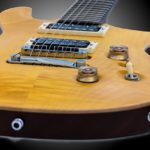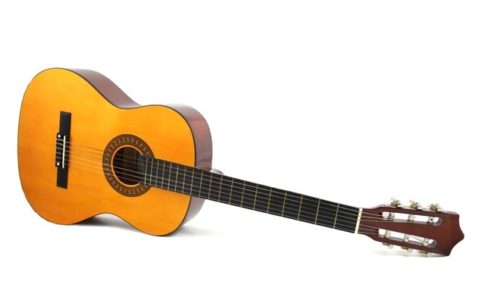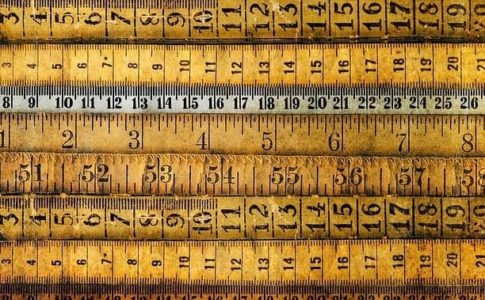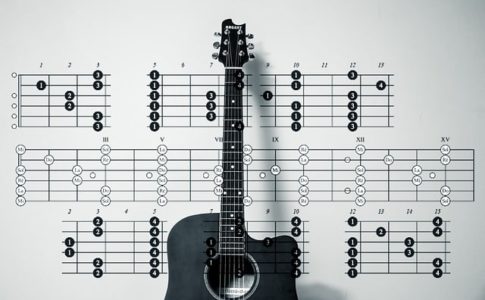The seven scales described in the previous chapter are also called church modes.
Now, you have to know about a tricky concept of Avoid Note.
Contents
Avoid & Available
Tension notes that can be used are called Available notes. The tensions will be described in detail in <Chapter 8>.
Available Note

Dissonant notes that should not be used in a chord are called Avoid Notes.
When a guitar player plays C Major Scale when a piano player is playing CM7, the scale matches the chord.
However, if the guitar player plays F (fourth) long tone, the harmony becomes quite weird.
E as the third in CM7 is half step away from F as the fourth, and the two sounds are too close to each other. Thus, F should not be played.
“Okay, so E and F are half step away and F should not be played”
Is this true?
“So, since B is half step away from the root C, I shouldn’t play B!”
Actually, this is wrong. B is a part of CM7 and thus is not an avoid note.
Therefore, half step is not the issue here.
So why does F make the chord wired?
It is because F changes the chord function of CM7. When you play it actually, you can hear an unresolved sound.
More specifically, when F is added to C, E, G, and B of CM7, you get G7(11, 13) sound instead of CM7.
G7 comprises G, B, D, F as described above. In the notes B and F are tritones and thus the resultant chord serves as dominant instead of tonic.
Avoid Note

The concept of Avoid note is very tricky, and it’s not the note that you definitely cannot play.
I don’t actually care about it and use avoid notes in my phrases.
In mode music which is based on scales, chord concept is no longer relevant, and thus there is no avoid note.
In mode music tonality is not so important, and thus the player can be free from tonality and chords.
Those who are interested in mode music should listen and study the great Miles Davis’s “Kind of Blue” that is a very famous album featuring mode music.
Overview of Diatonic Scale Key of C is as described above. I hope you understood it.
Simply playing the scale is not very fun, so I will play ad-lib using notes in C major scale only.
I will play “inside” the chord but will elaborate the sound pattern and rhythm.
♪ Ad-lib (C Major Scale)
Scale Practice
I recommend that you practice scales by focusing on alternate picking *1 I use hammering on *2 and pulling off *3 a lot so usually don’t think about the picking so much, but I focus on the basic alternate picking when practicing.
*1 Down and up pickings are alternately performed.
*2 a way of playing the sound by tapping a string without picking
*3 a way of playing the sound by pulling a string when taking a finger off the string without picking






